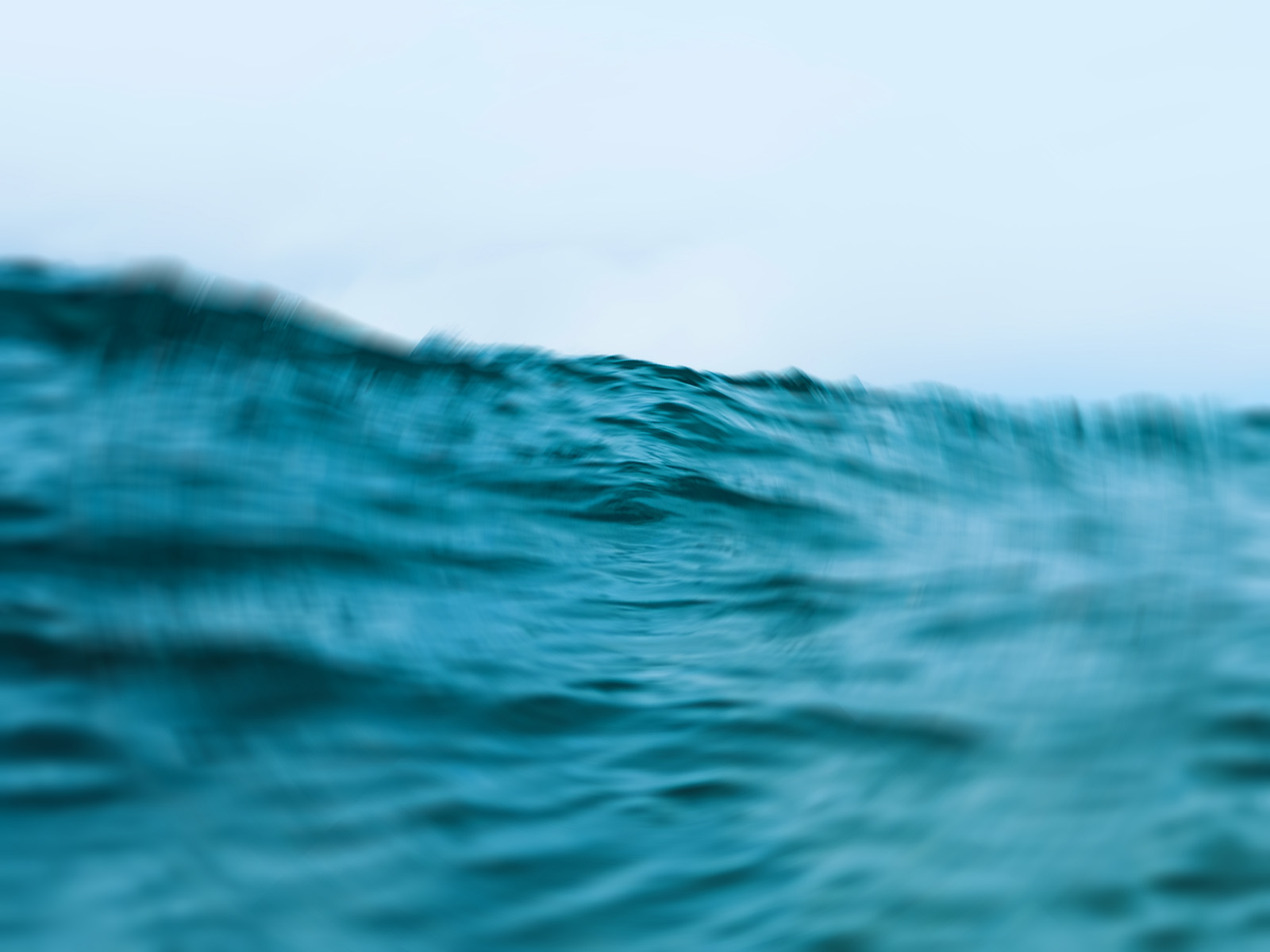The bane of seafarers: Seasickness
It is a common misconception that seasickness only affects those who are not accustomed to the sea. In reality, everyone can experience it, including seasoned sailors who circumnavigate the globe. Nevertheless, there are effective methods to alleviate its symptoms.
Orman Kurca
Editing a movie on a boat was one of the most memorable experiences I've had in the film industry. I remember arriving at the designated address for the editing work and being surprised to see a massive boat with the wheelhouse converted into a post-production studio. The film editor was sitting facing the sea, working with delight. However, there was a problem: I was suffering from seasickness. I told the editor that I couldn't work in that environment, no matter how much I wanted to. Although the editor reassured me, "It's all in your head! Trust me, you won't feel seasick again," I was barely able to make it back to shore after 15 minutes. Yet, the editor's words lingered in my mind. Oh, how I wished to find a solution to this problem!
While it is commonly referred to as "seasickness" in English, it is not a true sickness, but rather a natural response of a healthy body to motion. Interestingly, research has shown that children under the age of two do not experience seasickness. The problem typically begins at the age of three, and most people are susceptible to it between the ages of three and twelve.
Upon enrolling in yachting school despite my situation I received my first advice on seasickness from the instructor, who suggested, "Always look at the horizon, and don't go down to the cabin!" To my surprise, it was quite effective. By focusing on the horizon or the sky, instead of the fixed furniture inside the cabin, I was able to avoid getting seasick. This is because our vestibular (balance) system works this way - when stationary objects around us are still while we are swaying, we tend to become disoriented and feel off-balance. So it turns out that seasickness is not purely psychological after all!

If you find it difficult to stay on deck and look away, standing behind a visor or the helm can be helpful. Raising the mainsail can also reduce the intensity of the shaking. If you are still feeling seasick and need to go below deck, lying down on a bed with your eyes closed can help. When you feel better, you can open your eyes again. Another option is to tie a float to the back of the boat and ride it, which can be a fun distraction.
It is worth noting that after spending two days at sea, the body usually adapts to the boat's movement, and the feeling of seasickness may decrease or disappear. While this adaptation period can vary from person to person, most individuals can eventually adjust to the motion of the boat. However, it is important to keep in mind that this may not apply to extreme conditions, such as encountering apartment-sized waves while crossing the ocean. It is also worth considering that individuals who are prone to seasickness should avoid crossing the ocean altogether.
Taking preventative measures before symptoms appear is a good approach to avoid seasickness. Over-the-counter medications like Dramamine can be effective, but it's important to consult with a doctor before taking them. Reading or looking at any details in the boat should be avoided, and the cabin should be kept dark at night. By following these tips, it's possible to minimize the likelihood of getting seasick and enjoy a pleasant boating experience.
Experiencing seasickness once can make it easier to deal with in the future, as our body remembers the solution much like muscle memory.
Similar to hiccups, many people suffer from seasickness without realizing that there are simple solutions available. As for the solution to hiccups, well that's a topic for another article!
Photographs: Artgrid


